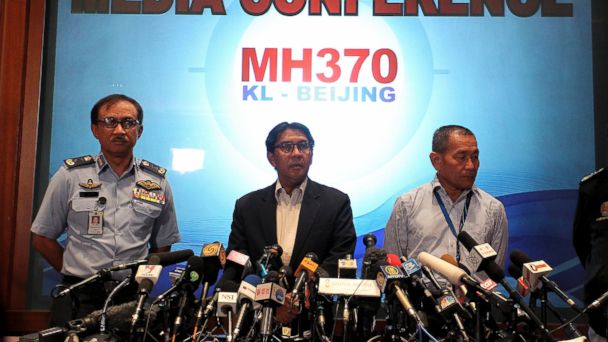Crowdsourcing the Search for Malaysia Flight 370
DENVER - As the mystery of what happened to the 239 people on board Malaysia flight 370 deepens, a Colorado satellite imaging company is launching an effort to crowdsource the search, asking the public for help analyzing high-resolution images for any sign of the missing airliner.
Longmont, Colo.-based DigitalGlobe trained cameras from its five orbiting satellites Saturday on the Gulf of Thailand region where Malaysia flight 370 was last heard from, said Luke Barrington, senior manager of Geospatial Big Data for DigitalGlobe.
The images being gathered will be made available for free to the public on a website called Tomnod. Anyone can click on the link and begin searching the images, tagging anything that looks suspicious. Each pixel on a computer screen represents half a meter on the ocean's surface, Barrington told ABC News.
"For people who aren't able to drive a boat through the Pacific Ocean to get to the Malaysian peninsula, or who can't fly airplanes to look there, this is a way that they can contribute and try to help out," Barrington said.
READ: US to Check Fingerprints of Malaysia Air Passengers With Stolen Passports
DigitalGlobe will use a computer algorithm to determine whether users start tagging certain regions more than others. In-house satellite imaging experts will follow up on leads, Barrington said.
"We'll say, 'Here are our top ten suspicious or interesting locations,'" Barrington said. "Is it really an aircraft wing that's been chopped in half or is this some other debris floating on the ocean? We may not be 100 percent sure, but if this is where I had to go pick a location to go looking for needles in this big haystack, this is where I'd start."
READ: What We Know Now About Missing Plane
The company runs a fee-based First Look Event Service that can compare before-and-after images for clients. In the past month, the company activated the service to observe wildfires in Australia, violence in Ukraine and the aftermath of ice storms in Atlanta, Ga.
In November, the company launched a similar crowdsourcing campaign after Typhoon Haiyan devastated Southeast Asia. The company says users placed more than 400,000 tags, identifying 38,000 damaged buildings and 101,000 damaged homes.

(Photo Credit: The Associated Press)